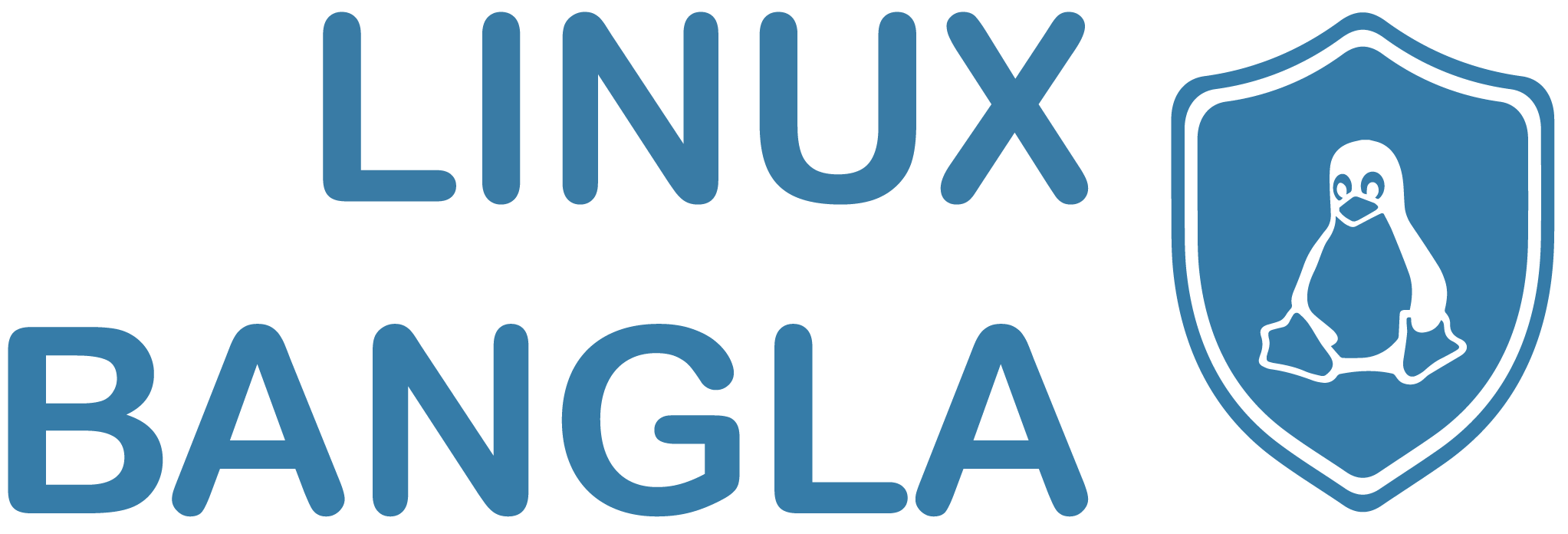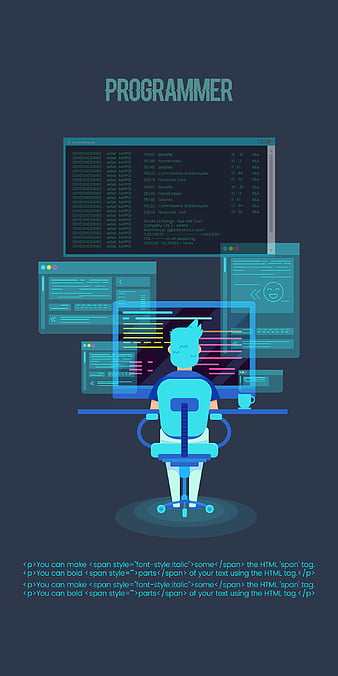In the Go programming language, input and output (I/O) operations are performed using the fmt, bufio, and os packages. 🔹 1️⃣ Output in Go Go provides multiple ways to display output using the fmt package. ✅ fmt.Print(), fmt.Println(), and fmt.Printf() Function Description fmt.Print() Prints text without a newline fmt.Println() Prints text and adds a newline […]









